In Part 1, we uncovered the shocking health risks associated with egg consumption—from increased diabetes and cancer risks to dangerous TMAO production and food safety concerns. But the devastating impact of eggs extends far beyond your personal health.
Behind every carton lies a system of suffering so normalized that most consumers never question what happens to produce their breakfast. The environmental destruction is equally staggering, with industrial egg operations poisoning waterways, creating dead zones where aquatic species cannot survive, and consuming astronomical amounts of resources.
Yet despite decades of industry marketing, there's hope. Not only are there excellent plant-based alternatives to eggs—they're healthier, more sustainable, and surprisingly delicious.
In this second part, we'll pull back the curtain on the ethical and environmental costs of egg production, expose the lies behind "humane" labels, and provide you with everything you need to make the transition to egg-free living successfully.
The complete picture of eggs' true impact will shock you—but the solutions will empower you.
Table Of Contents:
Ethical Considerations of Egg Production
The health risks we explored in Part 1 are just the beginning. What happens to the billions of animals trapped in egg production reveals an industry built on systematic cruelty that would be illegal if applied to dogs or cats. The scale of suffering is so vast that it challenges our most basic concepts of compassion and justice.
Factory Farm Reality
First of all, the scale of this industry is staggering. In the United States, 94% of commercially produced eggs come from caged systems, where hens endure conditions that would be considered torture if applied to any other sentient being.
Picture spending your entire existence in a space smaller than a single sheet of paper—unable to lift your wings, stretch, or take more than a step or two. This is reality for millions of laying hens crammed into wire cages stacked in towering rows inside windowless warehouses.
The horror doesn't end with confinement. These cages are deliberately stacked so that feces and urine from upper birds constantly rain down on those below. To prevent hens from pecking each other to death in these maddening conditions, workers slice off portions of their beaks with hot blades—a procedure performed without anesthesia on sensitive tissue filled with nerve endings.
As roosters don’t lay eggs, the hatcheries will kill all the male chicks at birth, often grinding them alive in a macerator, or suffocating them in plastic bags. The hens who survive this nightmare live only about two years—roughly a quarter of their natural lifespan—before being slaughtered when their egg production wanes. Every year, over 70 billion chickens are slaughtered globally.

The Label Lies
Faced with growing consumer concern, the industry has responded with an array of misleading labels designed to ease guilty consciences without meaningfully improving conditions.
"Cage-Free" sounds humane until you realize it typically means cramming birds into massive windowless warehouses with just 1.5 square feet per bird. They're often still debeaked, still breathing ammonia-choked air, and still unable to engage in natural behaviors.
"Free-Range" promises outdoor access but delivers little more than a small door leading to a patch of dirt that most birds never reach due to overcrowding.
"Organic" tells you about the feed—no GMOs, no synthetic pesticides—but reveals virtually nothing about living conditions. Organic hens can still be crammed together, debeaked, and denied access to sunlight and fresh air.
Even "pasture-raised" eggs, while potentially better, can cost $8-12 per dozen and aren't consistently monitored. The reality is that the vast majority of eggs—regardless of their marketing labels—come from systems that prioritize profit over the most basic animal welfare.
The Environmental Devastation
This industrial-scale suffering doesn't exist in a vacuum.
The manure and waste runoff from industrial egg operations doesn't simply disappear. It flows into streams, rivers, and lakes, carrying with it a toxic cocktail of nitrogen, phosphorus, and harmful bacteria. This contamination triggers devastating algae blooms that consume oxygen in the water, creating dead zones where fish and aquatic life cannot survive.
The pathogenic microbes in chicken waste don't just affect aquatic ecosystems—they spread disease to land animals and can contaminate groundwater supplies that communities depend on for drinking water. Entire fish populations have been wiped out by runoff from poultry operations, disrupting food chains and destroying local fishing industries.
The resource consumption required for egg production is also staggering. Every dozen eggs demands 4 pounds of feed and a shocking 636 gallons of water. When you multiply this across the billions of eggs produced annually, the environmental footprint becomes astronomical. Even the most "humane" and "sustainable" egg operations require significantly more land, water, and resources than plant-based alternatives while still contributing to pollution and ecosystem destruction.

Making the Transition: Your Guide to Going Egg-Free
Now that we've explored the serious health risks (in Part 1), devastating ethical concerns, and environmental destruction caused by egg production, you might be wondering: "Are there actually viable alternatives? How do I eliminate eggs from my diet without sacrificing taste or nutrition?"
The good news is, not only are there excellent alternatives—they're often healthier, more sustainable, and surprisingly delicious. The transition is easier than you think, and the benefits—improved health, clear conscience, and environmental protection—make it absolutely worthwhile.
Here’s a few hot tips to help you go egg-free successfully:
1. Identify hidden egg ingredients
Before you can eliminate eggs, you need to know where they're hiding. Eggs lurk in countless processed foods under various names that manufacturers use to disguise their presence. When reading labels, watch for these egg derivatives:
- Albumin, ovalbumin, ovoglobulin
- Egg white, egg yolk, egg powder, dried egg
- Globulin, livetin, lysozyme
- Ovovitellin, ovomucin, vitellin
- Lecithin (when derived from eggs)
- Frozen egg, pasteurized egg
These sneaky ingredients commonly appear in baked goods, pasta, mayonnaise, salad dressings, ice cream, marshmallows, processed meats, and many packaged foods. Always check labels carefully—you'll be surprised how many products contain eggs unnecessarily.
2. Try a liquid egg replacer
If you're looking for the easiest transition, commercial liquid egg replacers offer a convenient solution. Products like Just Egg, made from mung bean protein, scramble and cook remarkably similar to chicken eggs. Simply pour from the bottle and cook like traditional scrambled eggs—many people can't tell the difference! These products work perfectly for scrambles, omelettes, and even French toast, making the switch virtually seamless.
3. Swap out eggs for plant-based replacements in your breakfast dishes:
- Tofu scrambles: Crumble firm or extra-firm tofu and sauté with turmeric for that familiar golden color, nutritional yeast for a savory, slightly cheesy flavor, and your favorite vegetables. Add garlic, onions, spinach, mushrooms, or bell peppers for variety. The texture is remarkably similar to scrambled eggs, but with more protein and zero cholesterol.
- Chickpea flour omelettes: Mix chickpea flour (also called gram flour or besan) with water, a pinch of turmeric, salt, and herbs to create a batter. Cook like a traditional omelet and fill with sautéed vegetables and avocado.
- Plant-based "egg" salad: Mash firm tofu with tahini or vegan mayonnaise, Dijon mustard, turmeric for color, and chopped celery, onions, or pickles.
4. Use plant-based egg alternatives in your baking:
Understanding what eggs do in recipes—bind ingredients, provide lift, or add moisture—is key to successful substitutions:
- Flax or chia "eggs": Mix 1 tablespoon ground flaxseed or chia seeds with 2.5 tablespoons water. Let it sit for 15 minutes until the mixture becomes gel-like and sticky. This works perfectly for binding in muffins, cookies, pancakes, and quick breads while adding omega-3 fatty acids and fiber.
- Fruit purees: Use ¼ cup mashed banana, unsweetened applesauce, or pumpkin puree per egg for moisture in cakes, muffins, and sweet baked goods.
- Aquafaba magic: The liquid from canned chickpeas (aquafaba) whips up beautifully and can replace eggs in meringues, mousses, light cakes, and even mayonnaise. Use 3 tablespoons per egg, and whip it just like egg whites for amazing results.
- Leavening combinations: For extra lift in cakes and quick breads, combine 1 teaspoon baking soda with 1 tablespoon apple cider vinegar or lemon juice. This creates a chemical reaction that helps baked goods rise beautifully.
5. Learn these plant-based hacks for other “eggy” applications:
- Binding for savory dishes: When making veggie burgers, meatballs, or patties, use ground flaxseed mixed with water, breadcrumbs, mashed beans, or cooked quinoa to hold ingredients together. These alternatives provide better nutrition and fiber than eggs ever could.
- Coating and breading: Create crispy coatings by dipping foods first in plant milk (unsweetened soy, oat, or almond), then in seasoned flour, panko breadcrumbs, or crushed nuts. This technique works perfectly for "fried" vegetables, tofu, or plant-based proteins.
- Custards and creamy desserts: Replace eggs in puddings, custards, and ice creams using cornstarch, arrowroot powder, or agar powder as thickeners.
- Glazing and washing: For that golden, shiny finish on baked goods, brush with plant milk mixed with a little maple syrup or agave instead of egg wash.
Conclusion: Cracking the Shell of Deception
The complete picture is now clear, and the evidence is undeniable. What we've uncovered about eggs shatters the carefully constructed myth of the "incredible egg." Eggs aren't just a health hazard—they represent everything wrong with our modern food system: systematic suffering, environmental destruction, and corporate deception. From the 94% of hens trapped in cages smaller than a sheet of paper to the 636 gallons of water wasted per dozen eggs, the true cost of this "simple" breakfast food is staggering.
But here's the empowering truth: the transition to egg-free living isn't about deprivation—it's about liberation. Liberation from supporting a system built on suffering, liberation from unnecessary health risks, and liberation from the guilt of contributing to environmental destruction. The plant-based alternatives we've explored aren't just substitutes—they're upgrades that deliver superior nutrition while aligning your food choices with your values.
Every egg-free meal is a vote for a more compassionate world, a step toward better health, and a rejection of an industry that profits from deception and suffering. The power to transform your health and the world around you is literally in your hands, three times a day, with every food choice you make.
The question is: will you continue to crack shells, or will you choose optimal health and ethical eating?







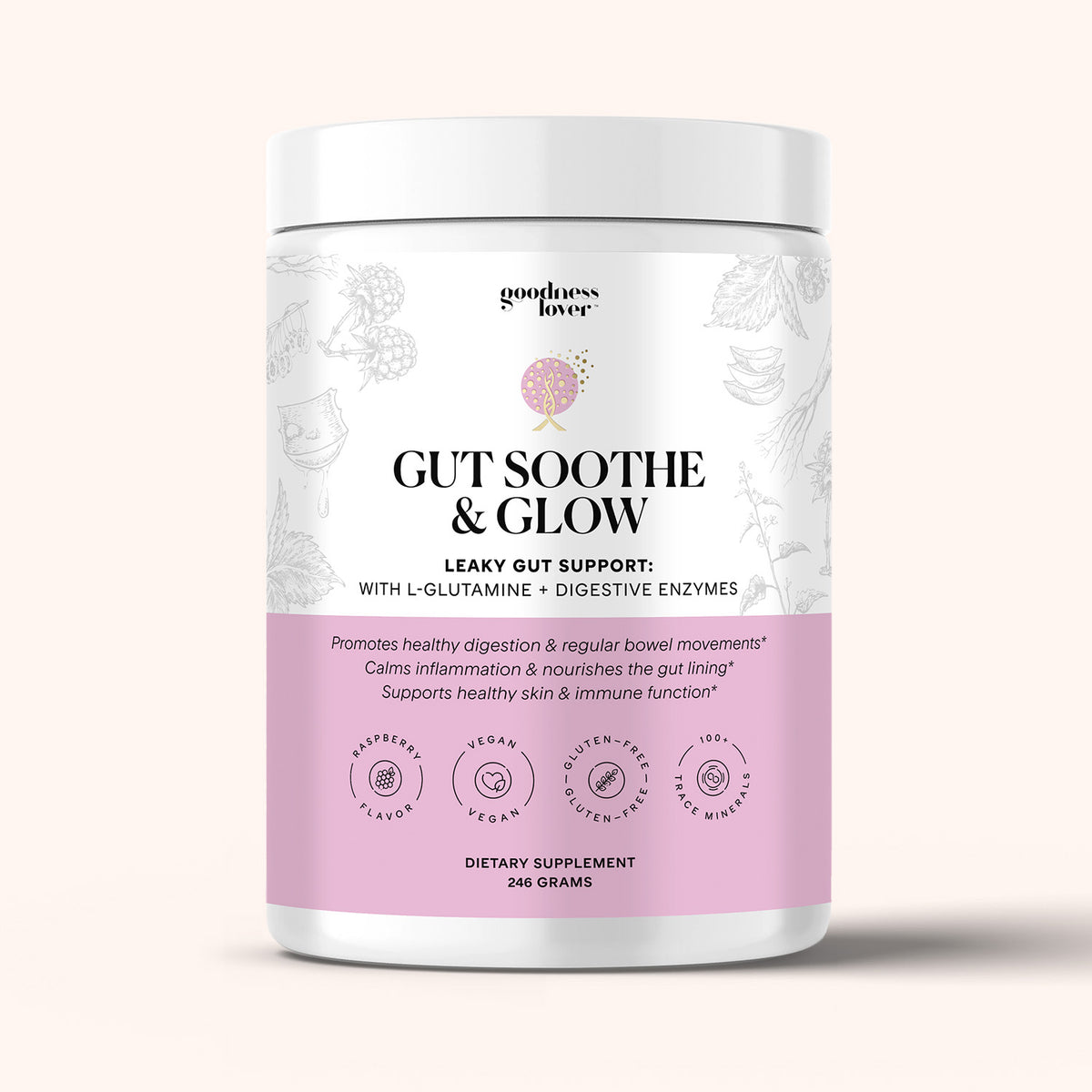
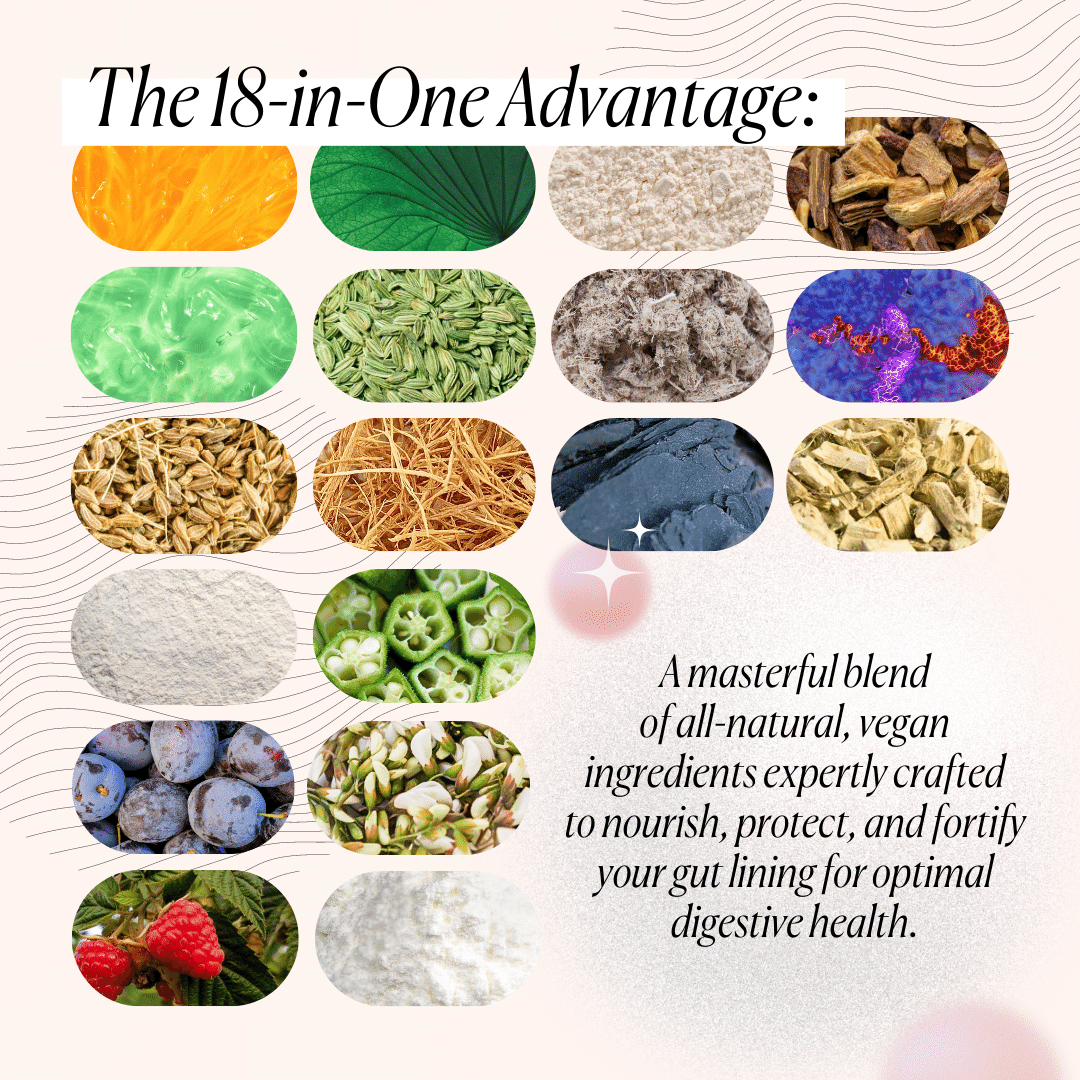

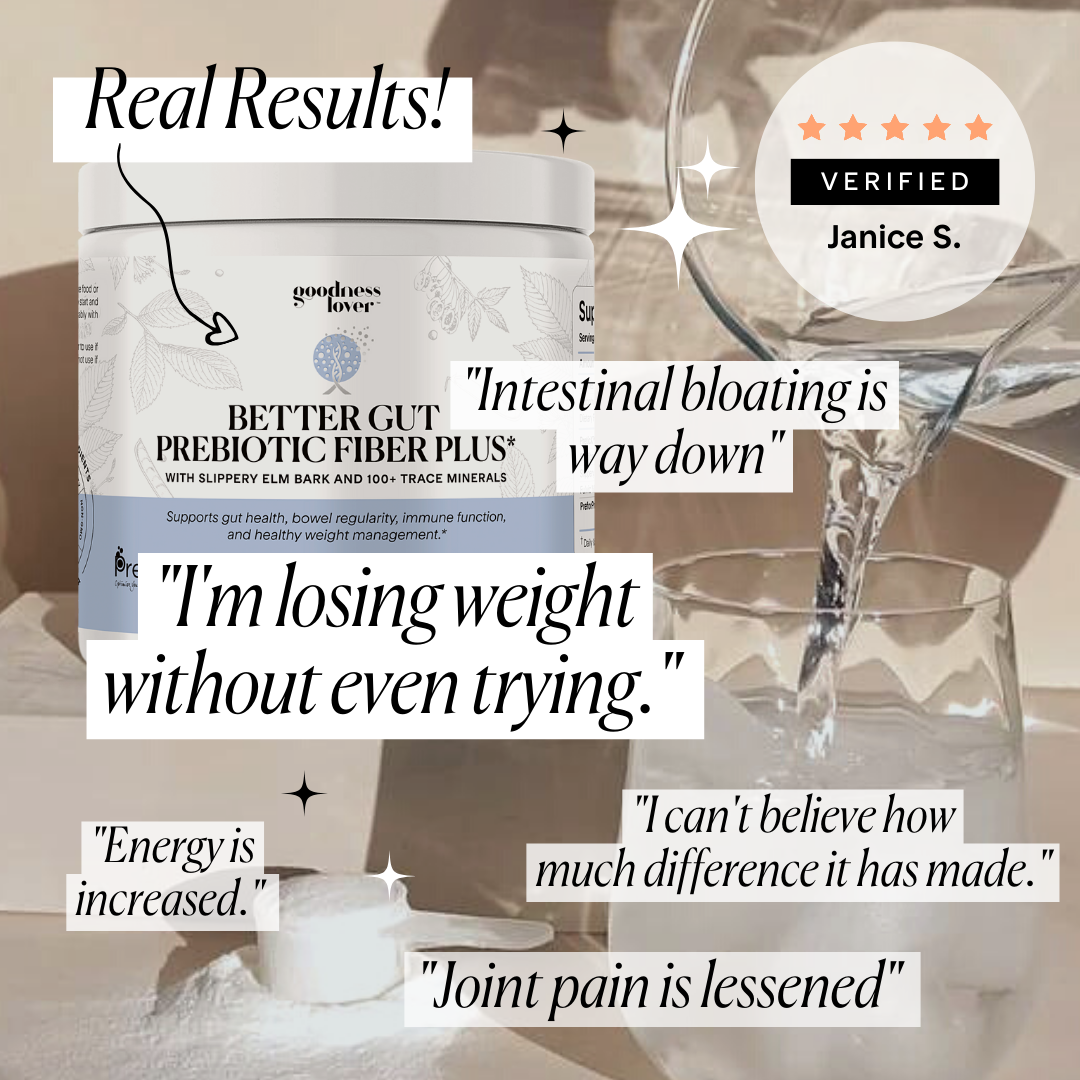
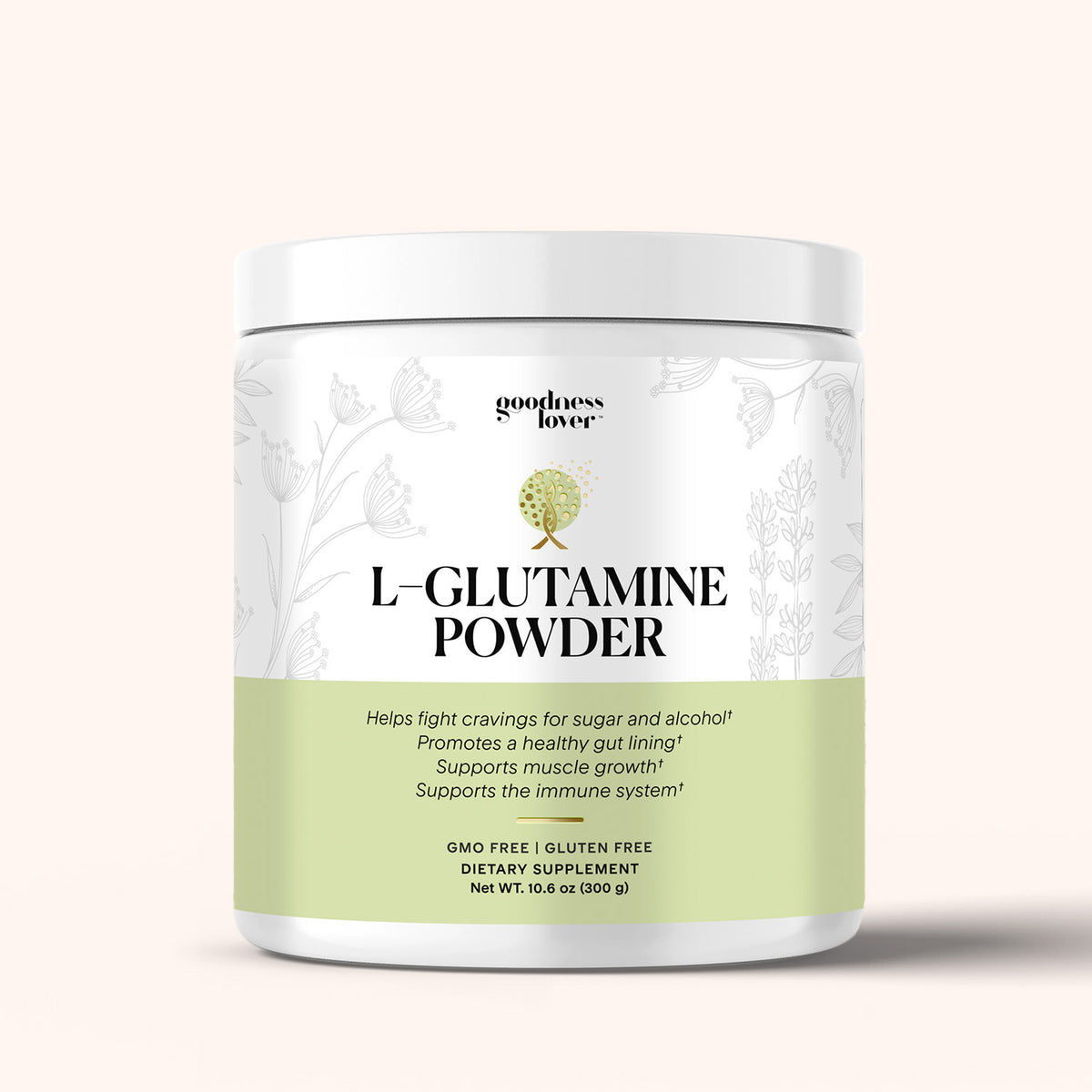
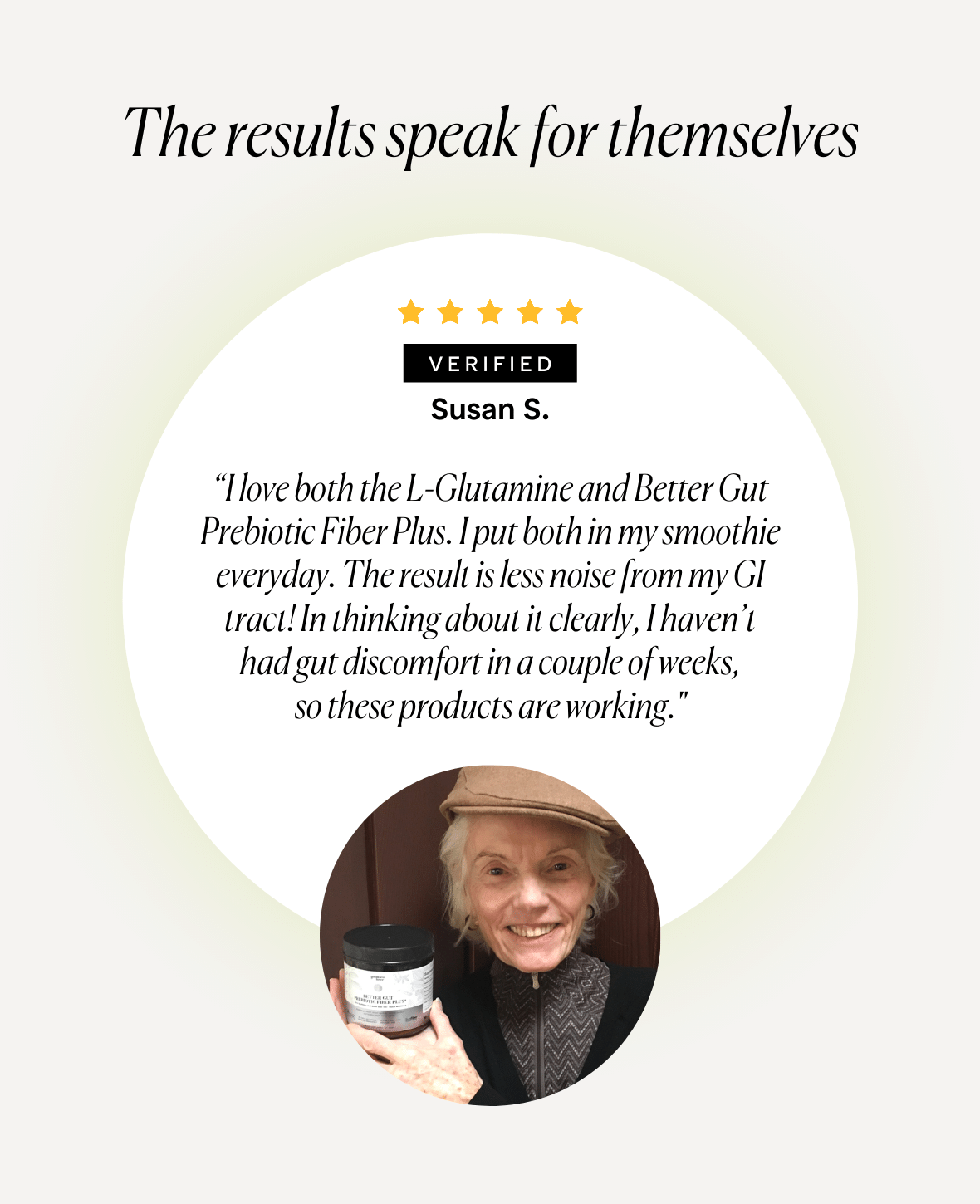

What Do You Think? Comment Below: